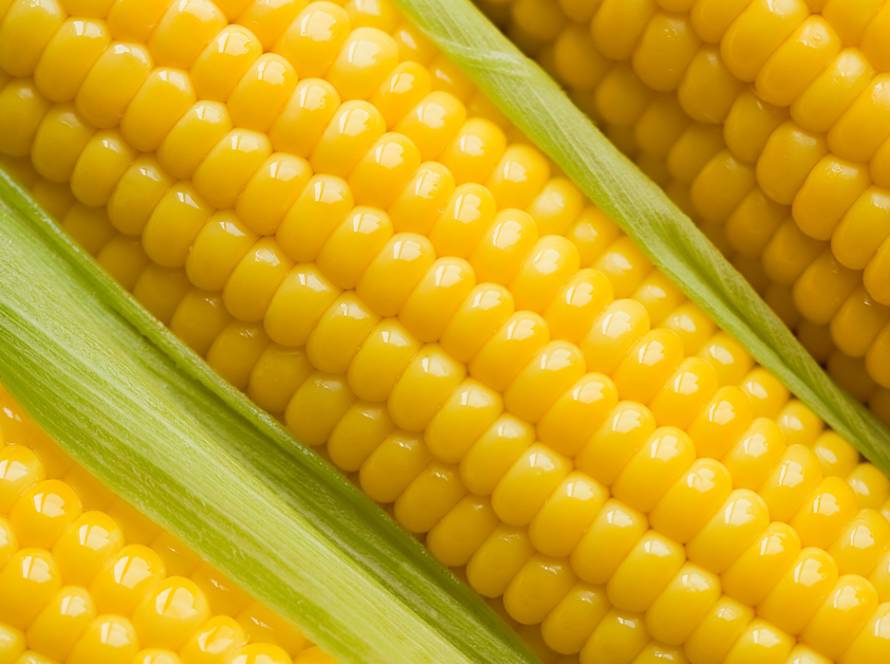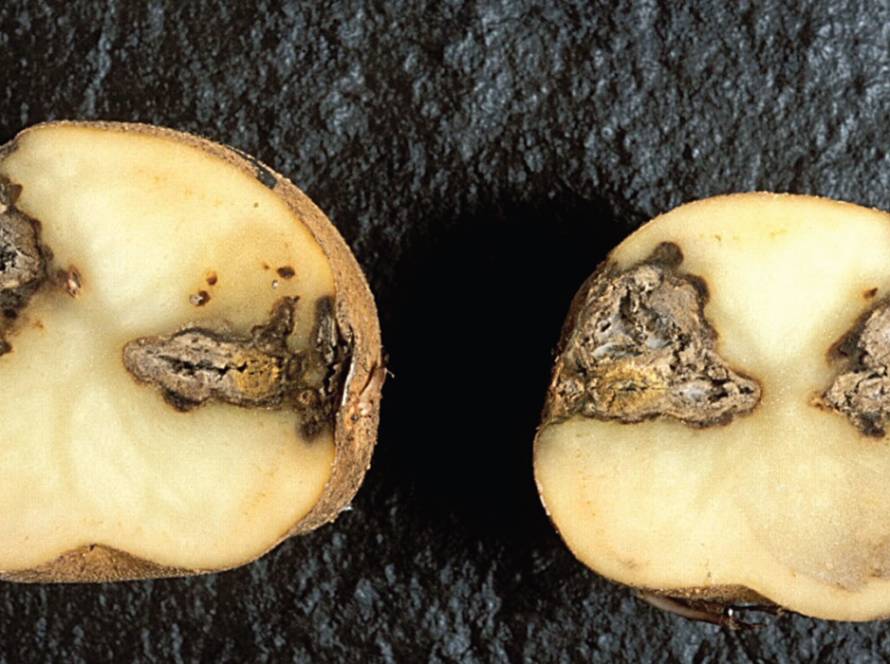Dear farmers and fellow engineers, this is very important…
As temperatures are expected to drop below the dew point (frost), we need to be prepared with two key actions:
- Soil Moisture: Ensure there is adequate soil moisture under the crops (a quick irrigation just before the cold hits).
- Strengthening Plants: Work on fortifying the plants to withstand the cold or frost (using the treatments I’ll mention).
I will keep you updated on forecasts and warnings about sudden drops in nighttime temperatures.
Always be ready to take the following actions:
- Conduct a quick irrigation in the late afternoon before a frost night for all crops without exception in the specified areas.
- Prepare the following materials: potassium silicate, amino acids and seaweed extracts, 4% cytokinin, salicylic acid, and agricultural sulfur.
Important:
Crops sensitive to high cold or frost, in order of vulnerability, include:
- Tomatoes (less than 80 days)
- Potatoes (less than 70 days)
- Strawberries
- Guavas, bananas, and mangoes
- Onions and garlic (somewhat)
- Wheat (light)
- Vegetables under tunnels where the edges touch the inner sides (very sensitive).
For Summer Potatoes:
If frost is expected, postpone planting for a day or two after the frost occurs. Treat the seeds with sprouting stimulants like humic and folic acids (details at the end). One day before planting, add two bags of granular superphosphate per feddan, regardless of previous preparations.
For Onions:
For newly planted onions in all regions, add 100 kg of granular superphosphate to the soil. For onions that are two weeks or older, spray with potassium silicate.
- Use a foliar application of 6 cm per liter of water (1.5 liters per feddan) three times, with 15 days between applications.
For the First Irrigation of Onions:
- Flood Irrigation: Apply 3 liters with 10 g of salicylic acid.
- Drip Irrigation: Use 2 liters per feddan with 10 g of salicylic acid.
For Tomatoes:
This is a significant concern. For tomatoes, especially those under 80 days, perform an irrigation late in the day before frost occurs. Spray with potassium silicate (as mentioned for onions) and apply amino acids at a rate of 500 ml + 500 g urea + 3 g salicylic acid per 200 liters of water. For soil application with irrigation: if flood irrigation, add 3 liters with water + 10 g salicylic acid; for drip irrigation, add 2 liters with 10 g salicylic acid.
- Use cytokinin at 50 ml per 100 liters of water.
- Dust with agricultural sulfur at a rate of 25 kg per feddan.
For Garlic: Follow the same approach as tomatoes (excluding cytokinin and sulfur).
For Eggplant, Peppers, and Beans: Treat similarly to tomatoes.
For Wheat: Only spray with potassium silicate at 1 liter per feddan.
Understanding Frost Formation:
Frost occurs when air temperatures drop at night to below the dew point, which is above freezing (1-6°C). Excess water vapor condenses on cold surfaces as ice crystals, known as frost.
Types of Frost:
- Moving Frost: Occurs when a cold air mass moves into a region, causing a drop in daily temperatures and complicating frost resistance.
- Radiation Frost: Happens on clear, calm nights when the atmosphere lacks moisture and dust, leading to rapid heat loss from the ground.
Monitoring and Predicting Frost:
Monitoring temperature at night, especially near the ground level for seedlings and vegetables, is crucial. For fruit trees, check the temperature at the height of the lowest branch.
Frost Detection Method: If thermometers are unavailable, use a container made of copper or aluminum filled with a few millimeters of water placed on the ground. When the water begins to freeze, it indicates frost is occurring.
Frost Prediction: Accurate frost prediction is essential for effective frost management, allowing preparations for necessary equipment and labor. It also provides information on the severity of frost, aiding in determining appropriate protective measures.
Prevention and Resistance Strategies:
These methods aim to prevent frost or minimize its damage, ensuring economic viability. They focus on maintaining plant temperatures above resistant thresholds through reducing heat loss or providing additional thermal capacity.
Biological Methods: Enhance tree resistance by improving nutritional and water conditions, delaying growth and flowering through specific rootstock selection or hormonal treatments.
Physical Methods: Include methods like sprinkler and surface irrigation, fans for air mixing, artificial fog, smoking, covering, and heating.
- Sprinkler and Surface Irrigation: Applying water above or below trees can resist frost, with overhead spraying being more effective, although it raises humidity levels, potentially spreading diseases.
- Fans for Air Mixing: Mixing cold air near the ground with warmer air from above during radiation frost nights.
Factors Influencing Frost Formation:
- Cloud Cover: Clear skies increase frost severity, while dense clouds can reduce frost risk by reflecting some heat back to the ground.
- Humidity: Water vapor in the soil can moderate temperature drops, as it releases heat when freezing.
- Wind Speed: Wind enhances air mixing, which can diminish radiation frost severity, but may exacerbate moving frost impacts.
- Soil Condition and Vegetation Cover: Tilling increases soil porosity, reducing heat transfer; thus, avoid tilling frost-prone areas until the risk has passed.
- Cold Air Masses: These can lower temperatures in low-lying areas, increasing frost risks.
By understanding these factors and implementing preventive measures, we can better protect our crops from frost damage.



